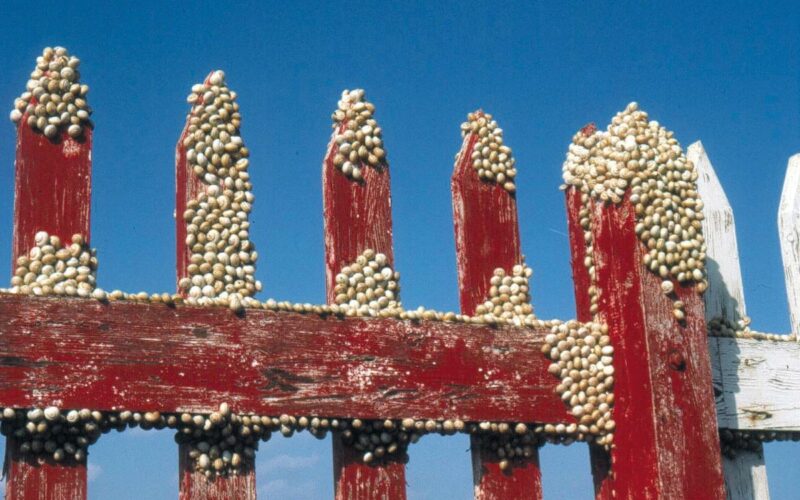After the heatwave of early July, the last week’s cooler temperatures were a welcome reprieve. But how are these temperature swings received by the other living things that share this rock with us?
Actually, a couple of weeks in a summer’s sweltering heat is an insignifcant blip for nature, whose rhythms are tuned to respond to more consistent signals. Plants, which pull the strings in the rest of the food chain, have long decided how they’re going to face the summer challenge.
A need for strategy
Malta’s summer temperatures can be considered extreme in terms of leafy comfort. For one, the best temperature for the enzyme that controls photosynthesis in most plants is 25°C to 30°C. Then there’s water loss: evaporation from the little holes in leaves that allow gas exchange (rather like our nostrils) is higher in the heat.
Plants can control whether or how much to open these holes − at a price: close the holes and growth slows down, open the holes and you lose water to the heat. Enter the need for coping strategies, and our plants have many tricks up their stems.
Sleep it off
Annuals, like poppies, daisies, thistles, pimpernels and so many others do it dramatically by totally exiting the scene, having completed their life cycle by April-May, leaving dry stems and scattered seeds, ready to take up the baton with the autumn rains.

Bulbs like narcissus soak up water during the rainy season, bloom, then retreat underground, absorbing all the nutrients produced in their leaves in a subterranean store.

One bulb takes its chances with the August heat to out-compete rivals: fed by its stored nutrients, a sea squill flower spike emerges from bare soil, securing all the available pollinators in a landscape devoid of other nectar sources.

Keep a low profile
If you’re a woody plant, you can’t just skip out on the daily grind for months. Your best bet is to keep your leaves small. In this way, you lose less water to evaporation and you stand less chance of getting sunburn, especially if your leaves are covered in a tough waxy coating.
Our iconic Mediterranean thyme is a specialist in tough measures: tiny leaves, rough texture and strong herbivore-repelling taste ensure there’s enough leaf to keep you alive through summer.

Run your hands over the leaves of any of our native plants at this time of year and feel the rough, tough, sun-protected texture.
Growing close to the ground will keep your leaves from catching too much leaf-drying wind. Coupled with shallow soil and consequent shallow roots, a short stature is a life-saver in our exposed garrigue.
Following suit
With plants in survival mode, there’s not much food to go on for insects, whose life cycles are adapted in sync with them. This makes summer a very quiet time on the six-legged front, in particular those that rely on fresh plant shoots.
Many insects lay eggs before summer, with the hatched young sheltered from the heat in underground tunnels or burrows or other hidden spaces until conditions change and trigger their emergence.
Because this dormant period can last for months, it falls to the parents to provision the nest. Late spring becomes a frantic race: solitary bees gather pollen into compact balls for their larvae, while wasps hunt caterpillars to stun and stash away with their eggs.

Caterpillars may choose to stay in diapause (dormancy) inside their pupae, until a drop in temperature spurs them to resume metamorphosis into butterflies.
Our only amphibian − the painted frog − digs down into the soil and creates an underground chamber. It will remain in this cooler mud, slowing down its metabolism till winter rain wakes it out of its slumber.
The height of summer is a lean period for our lizards too, as the insects they feed on are thin on the ground. At this time, lizards change their diet to feed more on ants, which remain active thanks to their stored food supplies. They may also slip under the soil surface and generally slow down to need less food.
Snails take the opposite approach, escaping the ground heat by climbing up a vertical surface, be it pole, wall, stick or fence. Closing off their shell opening with a watertight membrane, they gather in large numbers and sit out the summer.

Tipping the balance
Our countryside may look dry and drab at this time of year, but it’s anything but dead. Nature in our Mediterranean climate is applying all the tricks in the book to win the survivor challenge. Global warming is pushing this challenge to new heights.
While we turn on our cooling gadgets or wallow in the sea, life on the other side is enduring the heat with nothing but instinct, adaptation, and resilience. Watching nature navigate these extremes with such precision and ingenuity should stir more than admiration; it should remind us that every small nature-friendly action we take can help tip the balance in its favour.
Desirée Falzon is a naturalist, field teacher with BirdLife Malta and The Education Directorate, and a researcher.










